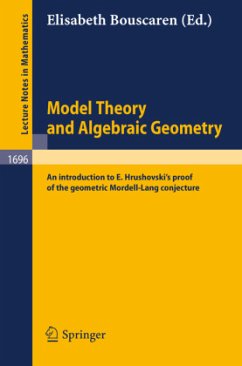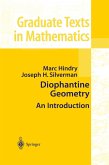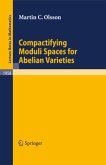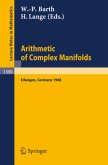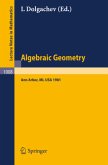Introduction Model theorists have often joked in recent years that the part of mathemat ical logic known as "pure model theory" (or stability theory), as opposed to the older and more traditional "model theory applied to algebra" , turns out to have more and more to do with other subjects ofmathematics and to yield gen uine applications to combinatorial geometry, differential algebra and algebraic geometry. We illustrate this by presenting the very striking application to diophantine geometry due to Ehud Hrushovski: using model theory, he has given the first proof valid in all characteristics of the "Mordell-Lang conjecture for function fields" (The Mordell-Lang conjecture for function fields, Journal AMS 9 (1996), 667-690). More recently he has also given a new (model theoretic) proof of the Manin-Mumford conjecture for semi-abelian varieties over a number field. His proofyields the first effective bound for the cardinality ofthe finite sets involved (The Manin-Mumford conjecture, preprint). There have been previous instances of applications of model theory to alge bra or number theory, but these appl~cations had in common the feature that their proofs used a lot of algebra (or number theory) but only very basic tools and results from the model theory side: compactness, first-order definability, elementary equivalence...

